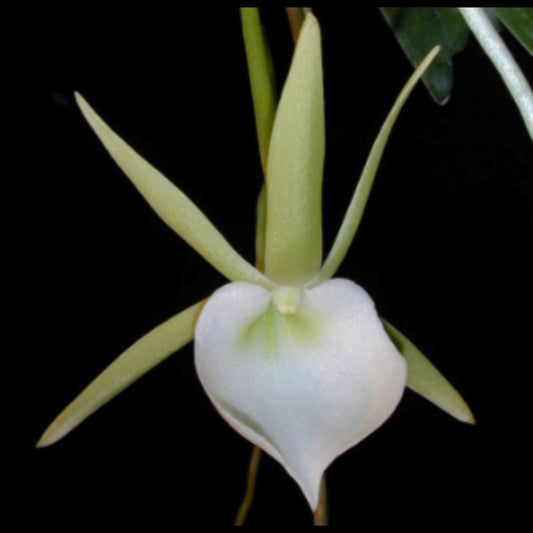
Reviving Your Dehydrated Orchid: A Guide to Successful Recovery
Share
Introduction
Orchids are known for their delicate beauty and unique charm, but they can be a bit finicky when it comes to their care. One common issue many orchid enthusiasts face is dehydration. If your orchid is showing signs of wilting, wrinkled leaves, or dry roots, don't panic. With the right care and attention, you can nurse your dehydrated orchid back to health. In this guide, we'll walk you through the steps to revive a dehydrated orchid and restore it to its former glory.
- Assess the Damage
Before you can start the recovery process, take a close look at your orchid to assess the extent of dehydration. Look for shriveled or yellowing leaves, dry and brittle roots, and overall drooping of the plant. Understanding the specific symptoms will help you tailor your care approach.
- Rehydrate the Orchid
The first step in reviving a dehydrated orchid is to rehydrate it. Submerge the entire pot in room temperature water for about 10-15 minutes. Allow the orchid to soak, ensuring that both the roots and the growing medium absorb water. Once the time is up, carefully remove the orchid from the water and let excess water drain out.
- Choose the Right Potting Mix
Orchids require well-draining potting mix to thrive. Opt for a mix specifically designed for orchids, which often includes materials like bark, sphagnum moss, and perlite. This type of mix ensures that water doesn't accumulate around the roots, preventing future dehydration.
- Repot if Necessary
If your orchid's current potting mix is old, broken down, or retains too much water, it may be time to repot. Gently remove the orchid from its current pot, trim any dead or rotting roots, and place it in a new pot with fresh orchid mix. Be cautious not to damage healthy roots during this process.
- Adjust Light and Temperature
Orchids are sensitive to changes in light and temperature. Ensure that your orchid is placed in a location with bright, indirect light. Avoid exposing it to direct sunlight, as this can lead to further stress. Orchids generally thrive in temperatures between 60°F to 80°F (15°C to 27°C).
- Humidity Control
Orchids are accustomed to higher humidity levels. Increase humidity around your orchid by misting it regularly or placing a humidity tray filled with water and pebbles near the plant. This helps prevent further dehydration and promotes optimal growth.
- Establish a Consistent Watering Schedule
Consistency is key when it comes to watering orchids. Develop a watering schedule based on your orchid's specific needs and the environmental conditions. Water when the top inch of the potting mix feels dry, but be mindful not to overwater, as this can lead to root rot.
- Fertilize Sparingly
While your orchid is recovering, limit the use of fertilizer. Once the plant shows signs of new growth, you can gradually reintroduce a balanced orchid fertilizer. Follow the recommended dilution and application instructions on the product.
Conclusion
Reviving a dehydrated orchid requires patience, observation, and a gentle touch. By addressing the specific needs of your orchid and providing it with the right environment, you can successfully nurse it back to health. Remember, every orchid is unique, so monitor your plant closely and make adjustments to your care routine as needed. With the right care, you'll soon witness your orchid's vibrant blooms and lush foliage returning.








